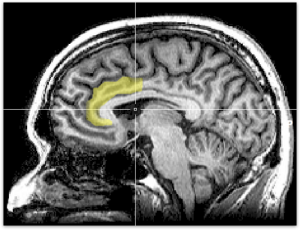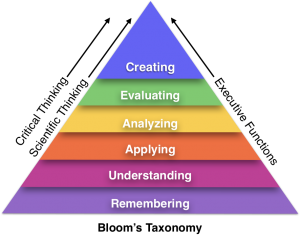The following article was contributed by Dr. Keith Verner, Founder of LabLearner.
Unlike simple content knowledge, critical thinking (CT) is more complex and difficult to assess. One reason is that CT is a process rather than a result – a method rather than an answer. While answers are easy to assess and grade, and can even be done by computers, assessing a process requires more thought. It requires training and practice. Unfortunately, without the ability and confidence to assess CT, teachers may be reluctant to address these important thinking skills, thereby robbing their students of opportunities to learn and develop them.
 While educators have historically been open to ideas such as granting nearly full credit for setting up an advanced math problem properly (a process) for example, even if the answer is incorrect due to a mathematical error (an answer), no comparable appreciation of process and its role in assessment has existed for other academic domains in general.
While educators have historically been open to ideas such as granting nearly full credit for setting up an advanced math problem properly (a process) for example, even if the answer is incorrect due to a mathematical error (an answer), no comparable appreciation of process and its role in assessment has existed for other academic domains in general.
There is a very interesting and practical relationship between CT, as we use the term in education, and a concept from neurocognitive science called executive functions (EF). To understand the relationship between CT and EF, we must explore how EF orchestrates the functioning of information processing in the brain and exactly how information processing leads to learning and memory. We must also understand how both teachers and the curriculum itself, if designed in a spiraling manner, can help in the development of EF and CT in the classroom.
Another important concept that may be of significant importance to educators is the relationship between CT and scientific thinking. It is our contention that the similarities between CT and scientific thinking are both striking and extremely useful to educators.
 Teachers and curriculum developers are well familiar with the concepts embodied in Bloom’s Taxonomy, in which complexity increases from simple remembering through analyzing, evaluating and so on. We believe that the concepts of critical thinking, executive functions and scientific thinking are all superimposable on the basic Bloom’s Taxonomy model.
Teachers and curriculum developers are well familiar with the concepts embodied in Bloom’s Taxonomy, in which complexity increases from simple remembering through analyzing, evaluating and so on. We believe that the concepts of critical thinking, executive functions and scientific thinking are all superimposable on the basic Bloom’s Taxonomy model.
In our session on Tuesday afternoon (June 19) at the 2018 NCEA New Directions Assessment Conference in Philadelphia, attendees will learn to understand CT as the culmination of a variety of individual cognitive processes working in concert to identify problems and formulate strategies to solve them. They will also learn to identify the similarities between CT and EF and therefore how to make use of modern neurocognitive research in their approach to teaching. Attendees will also learn to assess CT on an individual and cooperative working group basis and use results to modify instruction.
2018 NCEA New Directions Assessment Conference
June 18-20, 2018
The Inn at Penn, A Hilton Hotel
3600 Sansom Street I Philadelphia, PA 19104
Archdiocese of Philadelphia
The 2018 NCEA New Directions Assessment Conference (Assessment 2018) will provide top level education on how Catholic schools can implement a comprehensive assessment program to monitor student progress and inform decision-making regarding instructional programs. Register today!

